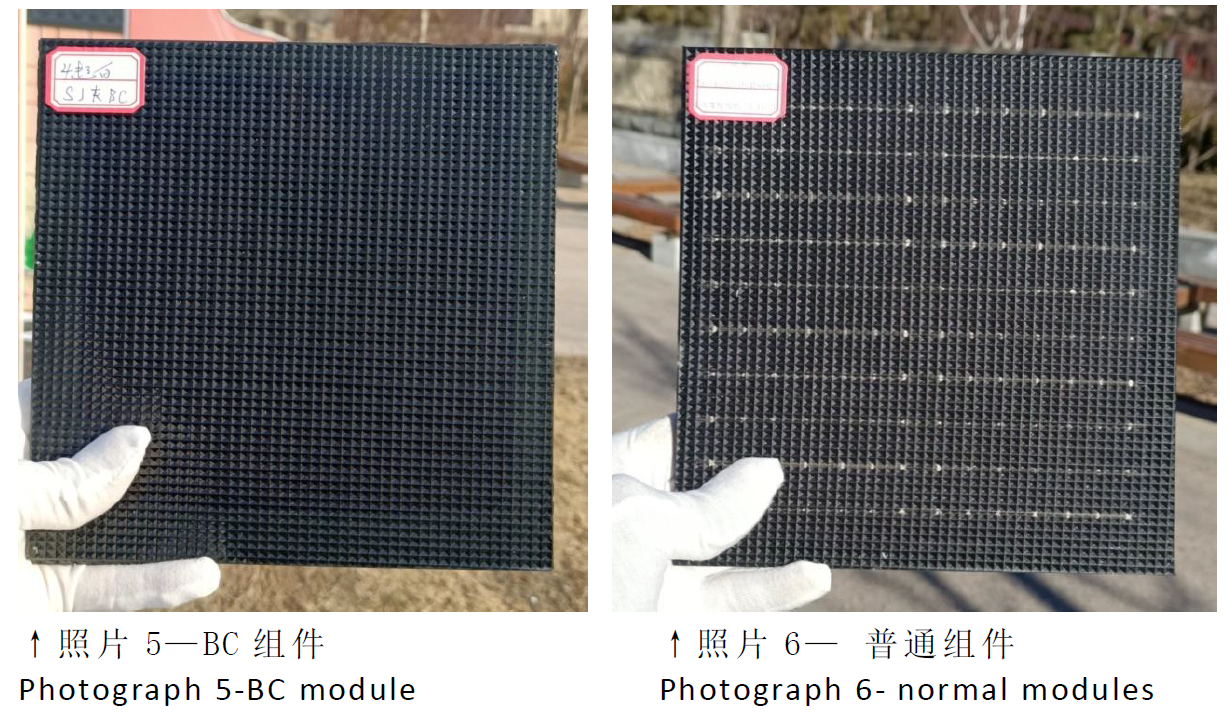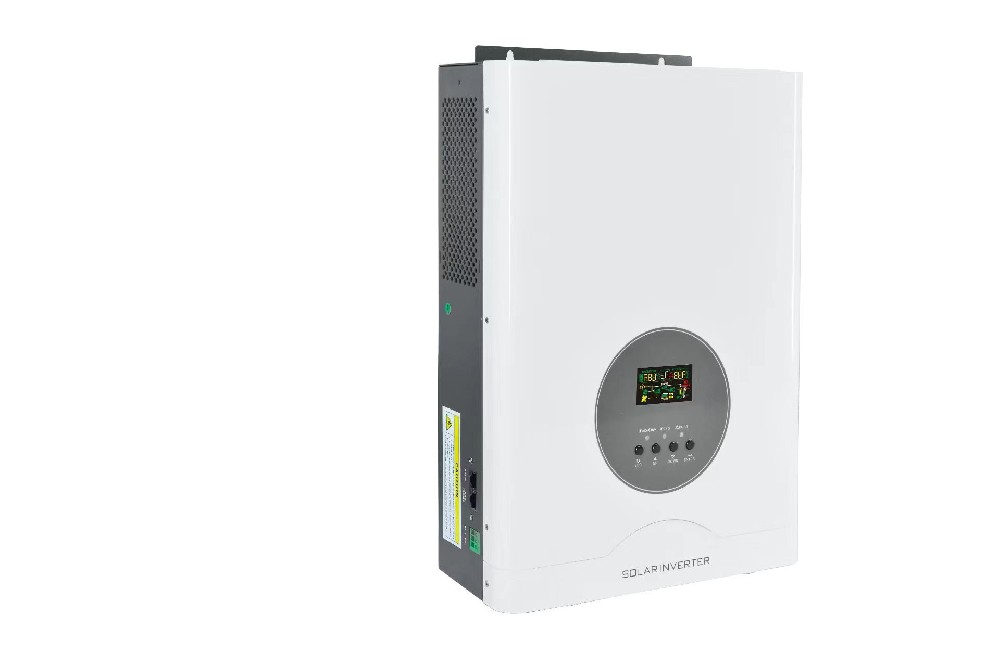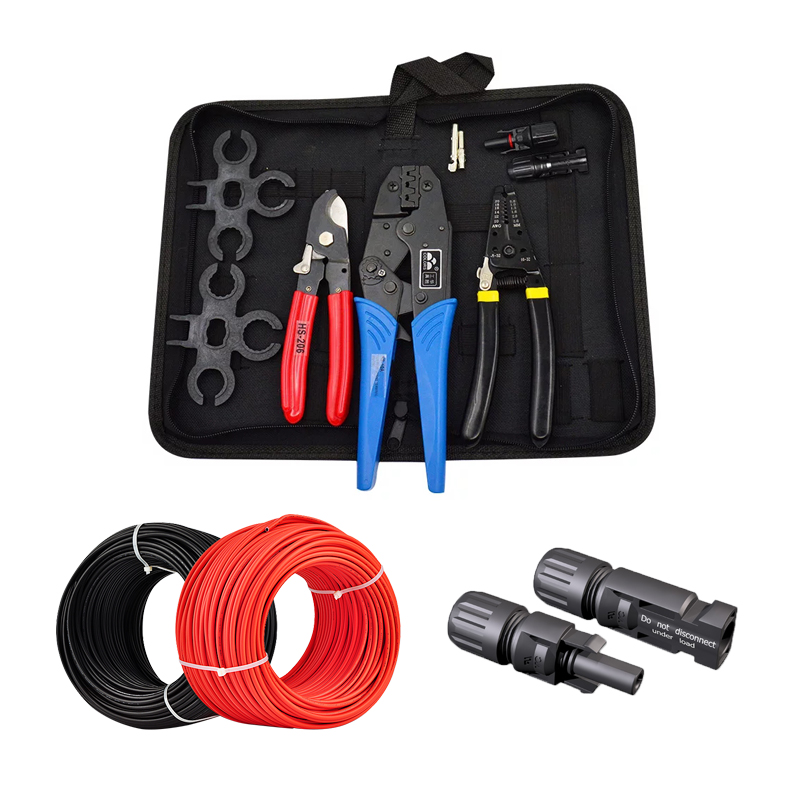BC solar panels, or Back-Contact solar cells, represent a significant advancement in photovoltaic technology. By relocating the metal grid lines from the front to the back of the cell, BC solar panels reduce sunlight obstruction and enhance conversion efficiency. This innovation offers several benefits, including high conversion efficiency, greater short-circuit current, high fill factor, improved resistance to degradation, and an aesthetically pleasing appearance. Despite their complex manufacturing process and higher costs, BC solar panels hold promising potential in the solar energy market.
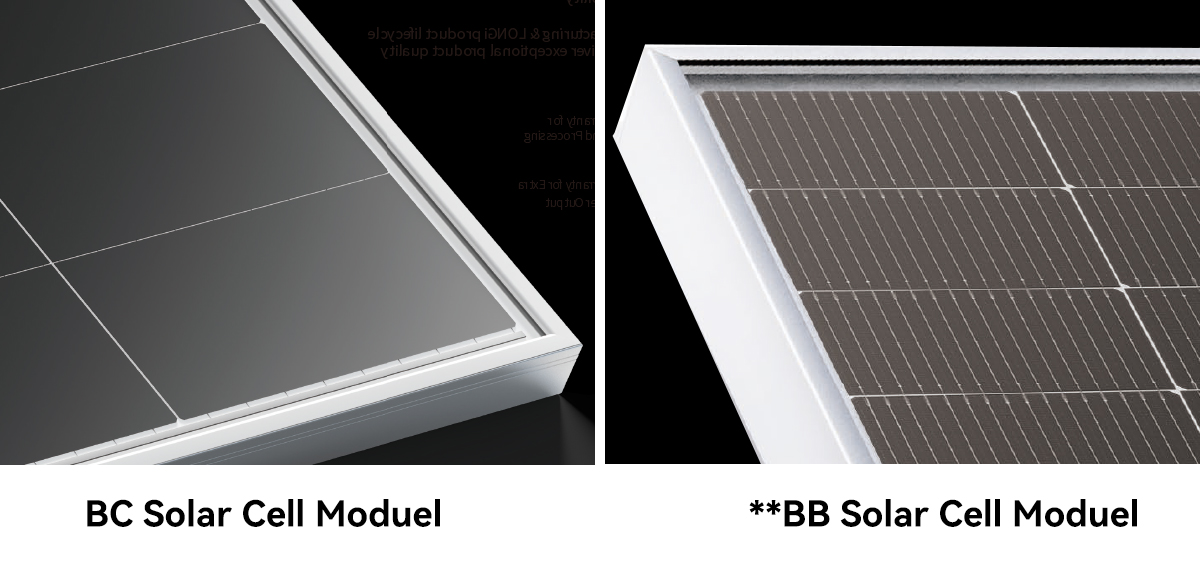
Types of BC Solar Cells
BC solar cells encompass various types, including Interdigitated Back Contact (IBC), Tunnel Oxide Passivated Contact (TBC), Heterojunction with Intrinsic Thin-layer (HBC), and Hybrid Passivated Back Contact (HPBC). Each type combines the basic BC technology with other advancements to optimize performance:
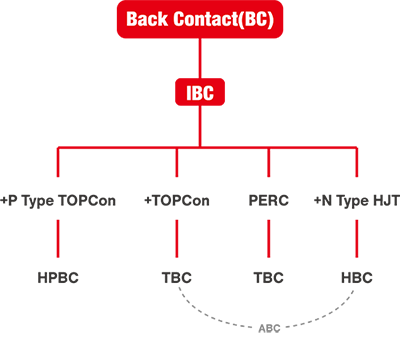
1. IBC Cells: The classic IBC cells feature a design where the emitter and back surface field (BSF) are alternately arranged on the cell's back, minimizing light obstruction and maximizing efficiency. SunPower's Maxeon brand is a leading example, with a production capacity of several gigawatts and significant market share in the U.S.
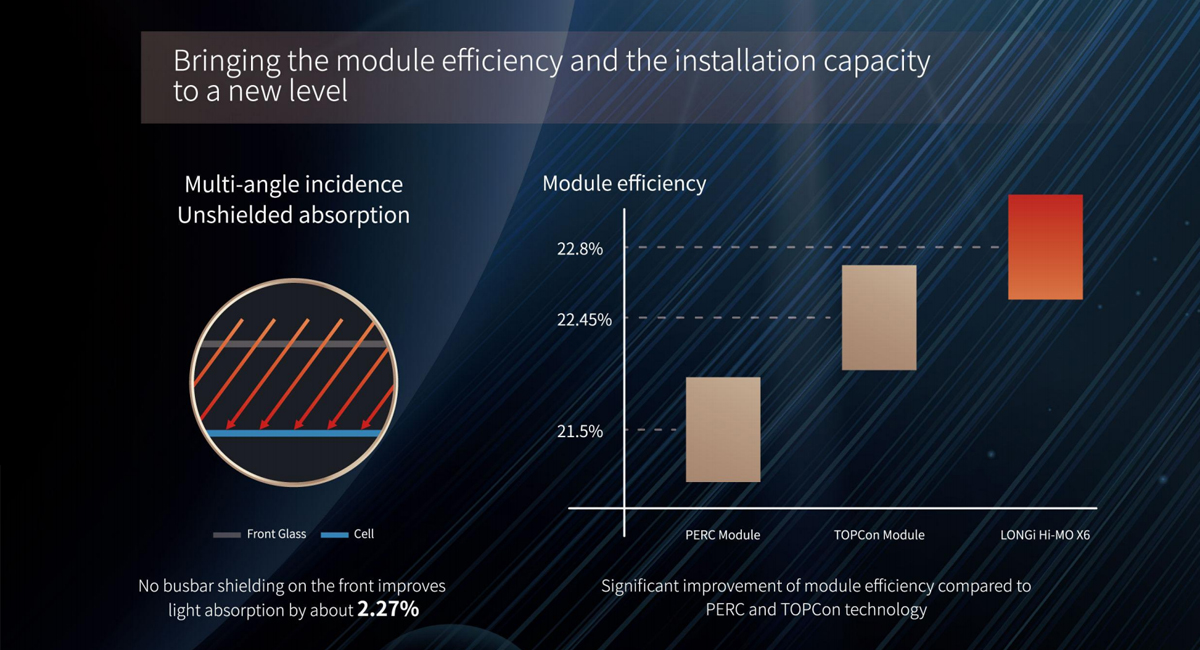
2. TBC Cells: Combining TOPCon and IBC technologies, TBC cells utilize N-type silicon substrates and offer higher conversion efficiencies. Leading TOPCon companies are preparing to release TBC products, with anticipated power outputs of 600-610 watts.
3. HBC Cells: These cells merge HJT and IBC technologies, using intrinsic amorphous silicon films for passivation, enhancing surface defect reduction while maintaining the unobstructed light absorption advantage of IBC cells.
4. HPBC Cells: Developed by companies like Longi, HPBC cells use P-type silicon substrates, offering a cost-effective solution with impressive efficiency and aesthetic qualities.
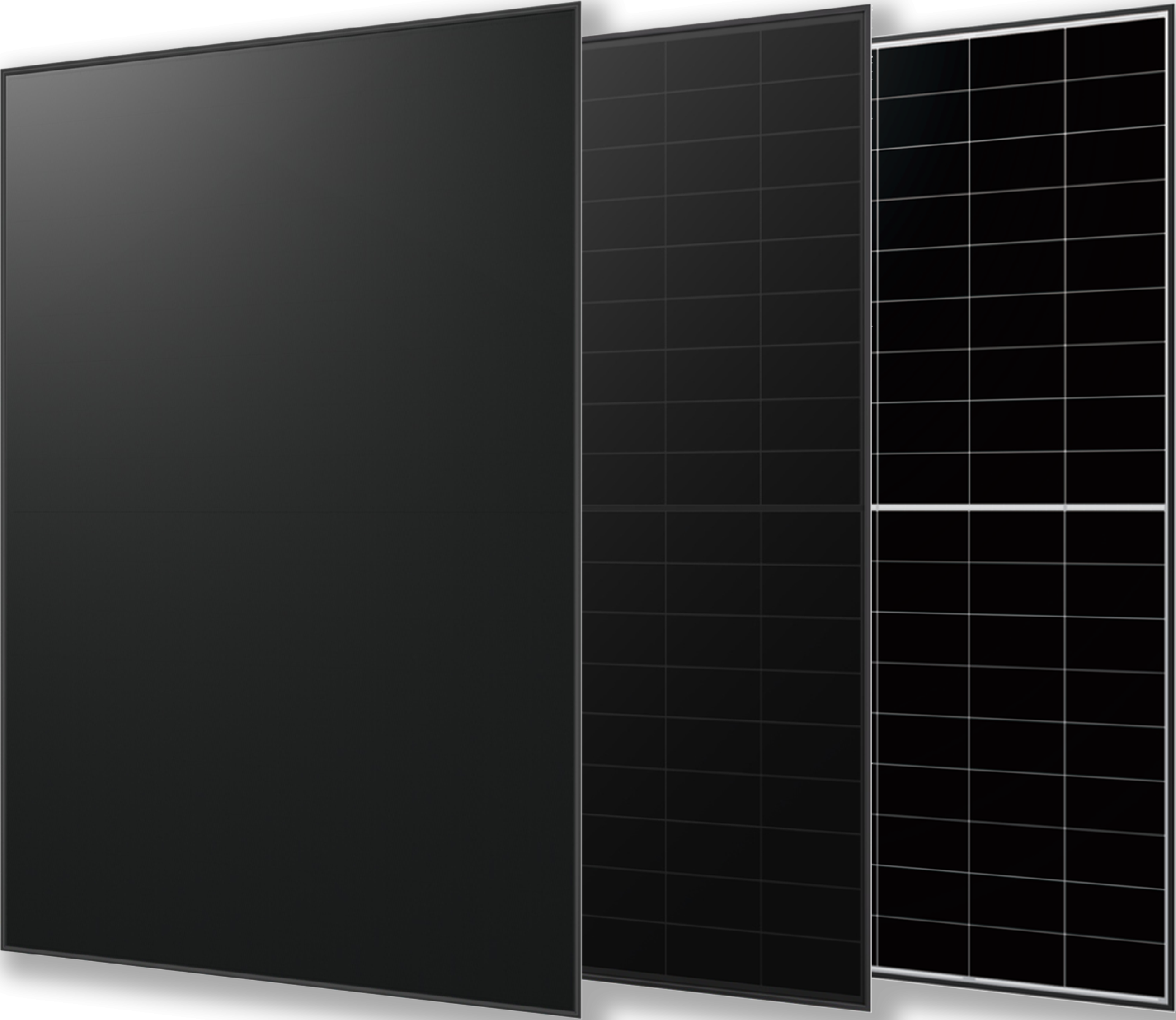
Advantages of BC Solar Panels
BC solar panels offer several distinct advantages over traditional solar cells:
1. Enhanced Efficiency: By eliminating front-side grid lines, BC solar panels increase the area available for sunlight absorption, boosting short-circuit current by approximately 7% compared to conventional cells.
2. Flexible and Robust Design: The back-side wiring of BC panels allows for simpler, more flexible encapsulation, improving resistance to micro-cracking and other forms of stress. For instance, Longi's HPBC cells show a 48% reduction in edge stress compared to traditional cells.
3. Aesthetic Appeal: With a uniform, grid-free front surface, BC solar panels offer a more visually appealing solution for residential and commercial installations, making them particularly attractive for high-end distributed markets.
Market Potential and Future Outlook
As PERC cell technology approaches its efficiency limits, the market share for N-type technologies like TOPCon and BC cells is expanding. Currently, BC cells are in the early stages of market adoption but are gaining traction due to their efficiency and distinct advantages. The key challenge for BC technology is reducing production costs. Companies like Aiko Solar aim to achieve cost parity with TOPCon cells by mid-2024, which would significantly enhance the competitiveness of BC panels.
BC solar panels are well-suited for applications where efficiency and aesthetics are paramount, such as in vehicles, ships, satellites, and buildings with limited load-bearing capacity. If manufacturing costs decrease, BC panels could dominate the rooftop solar market and beyond. Predictions suggest that the market share of BC cells could rise from the current 1-3% to 10-15% by 2025, with an annual production scale expansion of about 40GW. Some forecasts even indicate that BC technology could capture 30-40% of the market, coexisting with other technologies like TOPCon, HJT, and PERC.
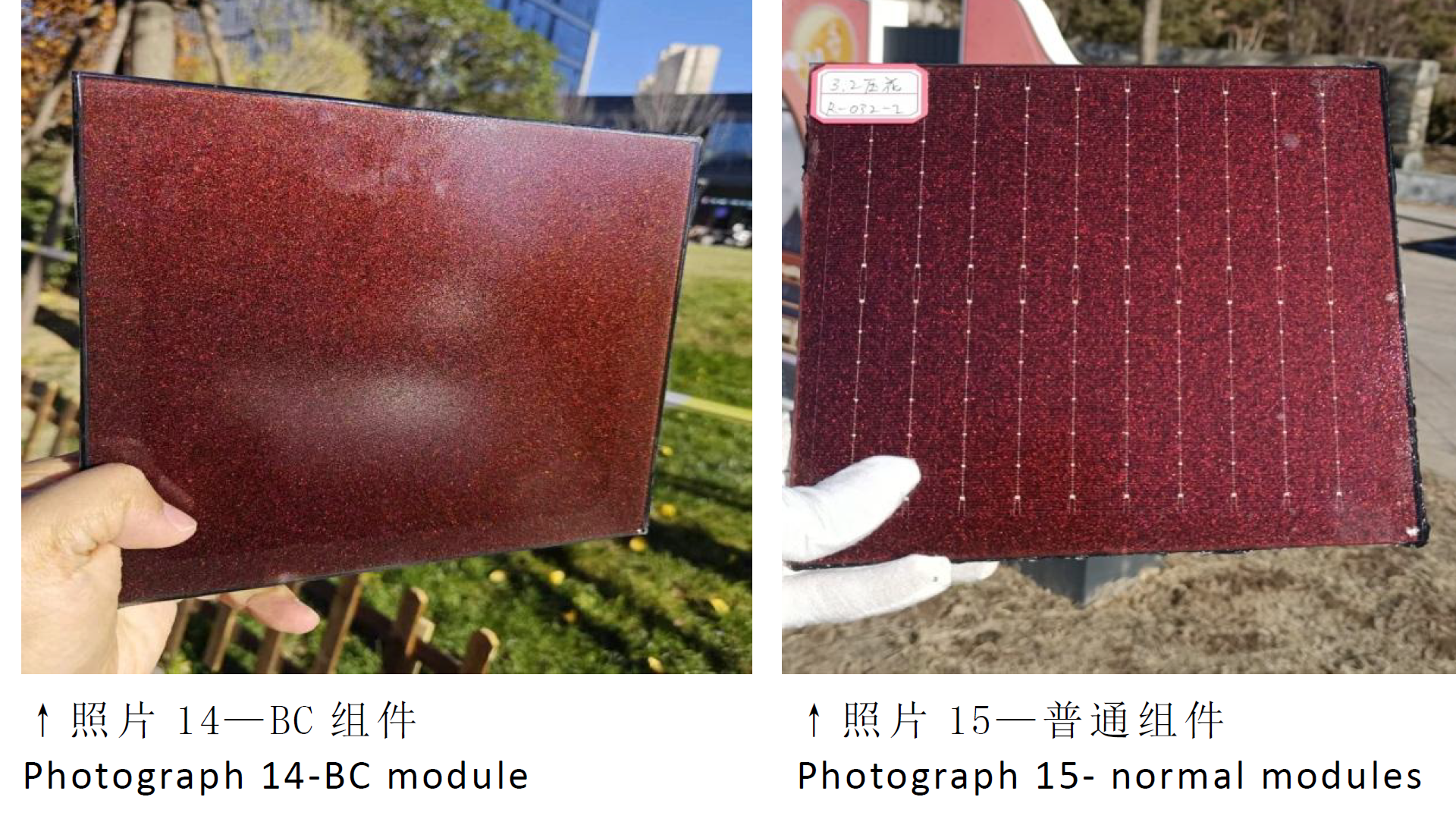
Conclusion
BC solar panels represent a promising advancement in photovoltaic technology, offering superior efficiency, flexibility, and aesthetic appeal. While the high manufacturing costs pose a challenge, ongoing efforts to reduce these costs could make BC panels a leading solution in the global solar market. As the demand for high-efficiency, visually appealing solar solutions grows, BC technology is poised to play a crucial role in the future energy landscape.
